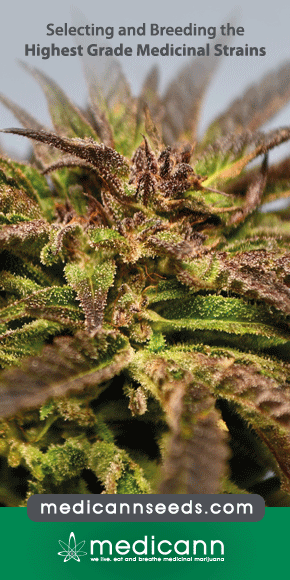Cannabis use as described by people with multiple sclerosis
Multiple sclerosis (MS) is one of the most common neurological diseases affecting young adults. The prevalence of MS in Alberta has been described as among the highest reported in the world, estimated at 217 per 100,000. Numerous anecdotal reports, and a few small empirical investigations have suggested that cannabis use may relieve the symptom experience of those with MS. The present study was undertaken to describe cannabis use by this patient group. Information on peoples’ beliefs, practices and experiences related to use were investigated.


